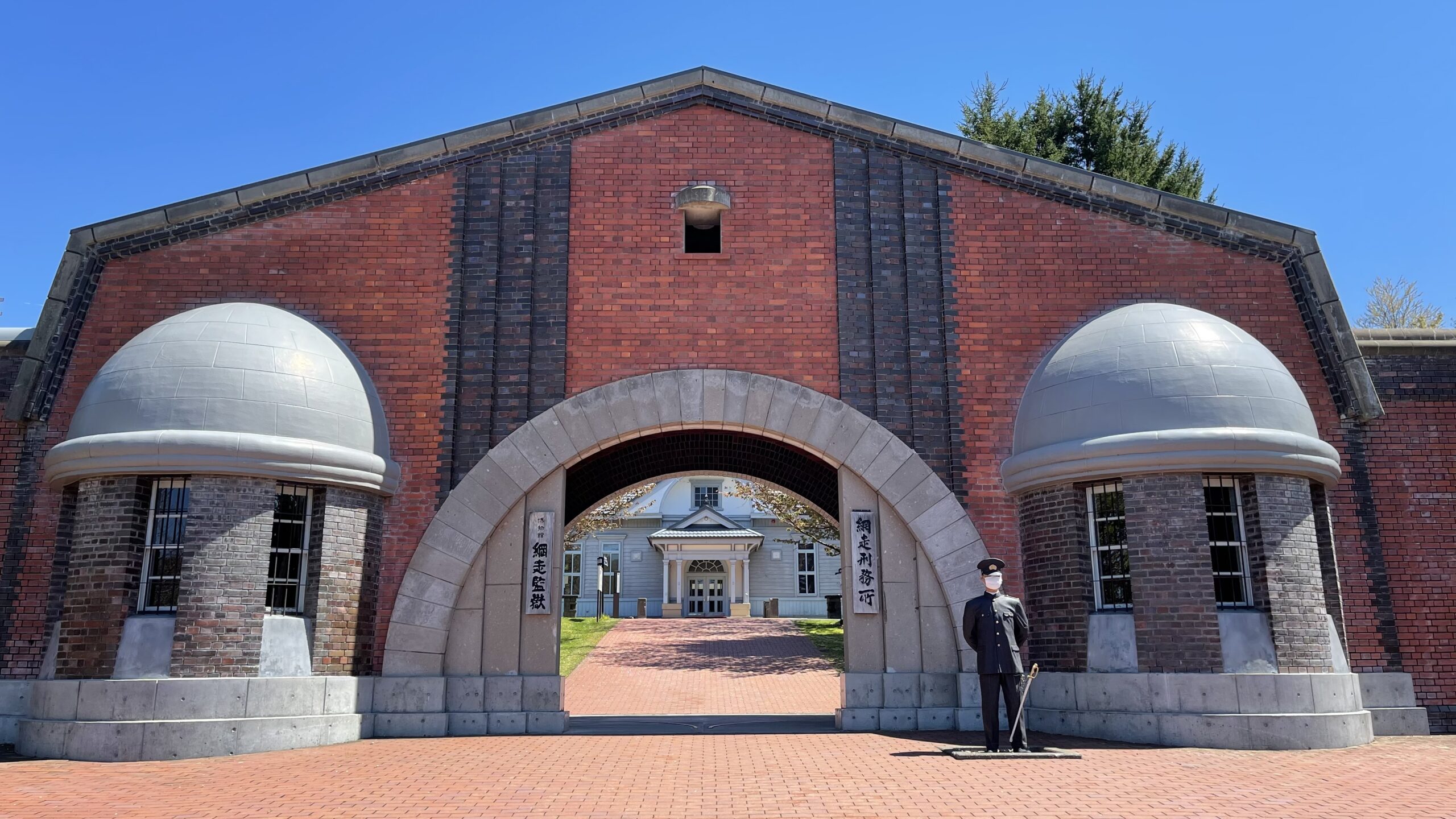Adjoining the National Historic Site Pirika, the visitor center displays artifacts designated as Important Cultural Properties and explains the lifeways of people in the Paleolithic period as found by research. The historic site includes a facility where an excavation site has been preserved; thus it enables visitors to take a look at how stone tools were unearthed.
施設
Irie-Takasago Shell Mound Center
This facility is a general information center for the Irie Site and the Takasago Burial Site, which are component parts of a World Cultural Heritage property. In addition to exhibiting various articles unearthed from these two shell mound sites, the facility offers hands-on learning programs and lectures.
Yakumo Town Museum and Bear Woodcarving Museum
The Yakumo Town Museum features the history, culture, and nature of the town’s Yakumo area, and the Bear Woodcarving Museum showcases carved wooden bears. These museums share an entrance and are connected to each other with a corridor.
The Yakumo Town Museum covers three major themes: history and natural features, land reclamation and people’s lives, and industry. Its exhibits center on materials about land reclamation by the Owari Tokugawa family in Yurappu, currently Yakumo Town. They include Yakumo-style ceramics fired around 1907 and mining materials dating from 1862 with which the American mining engineers William Blake and Raphael Pumpelly introduced a way of using gunpowder to blast rock for the first time in Japan.
With Yakumo known as the birthplace of carved wooden bears in Hokkaido, the Bear Woodcarving Museum displays various such bears from past to present, including the first carved wooden bear in Hokkaido and a Swiss carved wooden bear on which the first one in Hokkaido was modeled. Exhibits of carved wooden bears from across Hokkaido, and not just from Yakumo, enable visitors to gain an extensive understanding of such bears.
Tomakomai City Museum
This museum opened on November 3, 1985, in commemoration of the centenary of the relocation of a Hokkaido Development Commission branch to Tomakomai. It reopened in July 2013 after renovation and the incorporation of a fine arts section. The museum collects and exhibits materials regarding natural history, archaeology, Ainu culture, folklore and history, and fine arts based on its fundamental principles of conveying the nature of Mt. Tarumae and the vast Yufutsu wilderness, and local history and culture to future generations.
Moyoro Shell Mound Museum
This museum features the lives of people of an ancient Okhotsk culture who are known as the Moyoro people, who built a settlement at the estuary of the Abashiri River on the Sea of Okhotsk about 1,300 years ago. Objects unearthed at the museum’s neighboring archaeological site provide insights into the livelihoods, burial customs, and beliefs of the Moyoro people, who found sustenance in northern seas.
Abashiri Municipal Museum
This museum was opened in 1936 based on archaeological and ethnographic materials collected for years by Kioe Yonemura, known for his discovery of the Moyoro Shell Mound site. Today, it is a general museum featuring the rich natural splendor of Abashiri and elsewhere in the Sea of Okhotsk area of Hokkaido, as well as local history and culture from ancient times to the present.
Kutchan Museum of Natural History
This museum opened in 2002 to enhance public understanding of the nature and history of Kutchan Town and its surrounding areas. The exhibition area is divided into two themes: nature and history. The nature section features Mt. Yotei, the Niseko mountains, and the foothills of those mountains; the history section focuses on history since the prehistoric age, including Hokkaido’s pioneering era, and on people’s lives.
Hokkaido Landscape Gallery
Hokkaido Landscape Gallery
This gallery showcases works by Shuichi Okuda, who has been painting landscapes of Furano and elsewhere in Hokkaido for more than three decades. His field-oriented approach to painting amidst the harsh natural environment of Japan’s northernmost island, where temperatures exceed 30 degrees Celsius in the summer and plunge to –30 degrees Celsius in the winter, makes viewers feel as if they were out there themselves and gives a glimpse into the kind of religiosity we might see in a real seeker of truth. Recently, he has begun to paint a Madonna statue that exudes elegance and that many people find to be a source of calm.
This Western-style wooden structure built in 1950 attracts many repeat visitors for its nostalgic atmosphere and scenic design by the landscape painter. It was chosen as a location for The Wind in Your Heart (Kokoro ni Fuku Kaze), a Shochiku film directed by Yoon Seok-ho.
Landscape Painter’s Garden
A garden near the gallery spreads across a roughly 7600-m2 “community-based satoyama” woodland area. To enjoy his everyday life and create motifs for his paintings, the nature-loving painter has planted trees, created a koi pond, and taken care of free-range cats. Walk along a tree-shaded path through light and shade produced by the landscape painter, and you will find a small church with rainbow-colored stained glass (called Maria Mido). Enter the church using a key you receive at reception, and spend a relaxing time in this quiet space. You may want to bring your lunch and enjoy it at a small arbor known as Naeyama Viewpoint on your way.
Sapporo Beer Museum
What caused the beer industry to emerge and flourish in Sapporo? This museum explores traditions and aspirations passed down to Sapporo Beer from the pioneering days of Hokkaido.
Abashiri Prison Museum
This outdoor museum of history has buildings that were originally constructed and used by inmates in the Meiji era (1868–1912) and were later relocated to the current location for reconstruction. The buildings have been preserved and made open to the public. In 2016, eight of the buildings were designated as Important Cultural Properties and another seven as Registered Tangible Cultural Properties. Through these buildings and other penological materials, the museum conveys the prion’s historical role in the development of Hokkaido and its relations with the community, while working to raise public understanding of the significance and aspects of the prison and prison life.

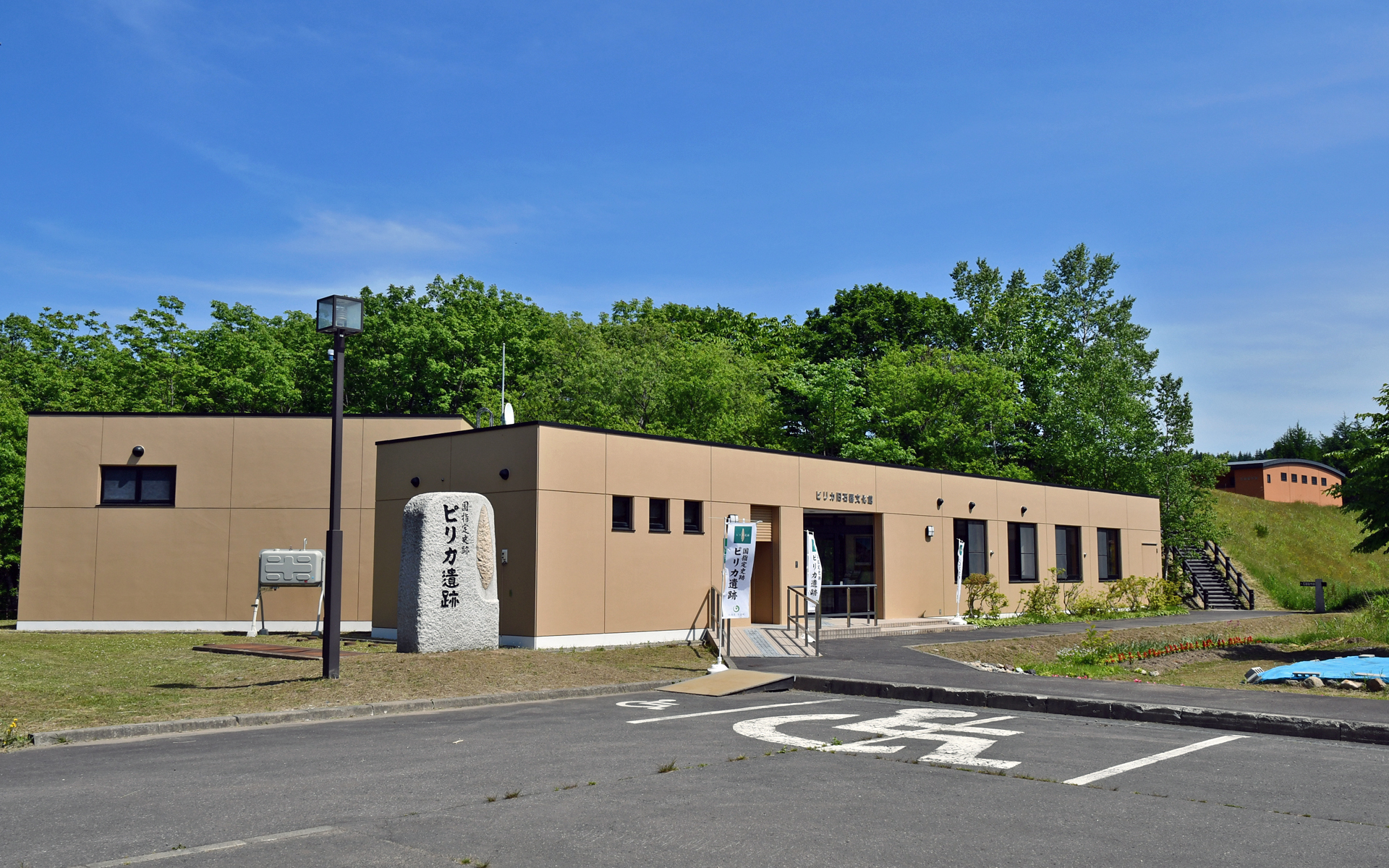
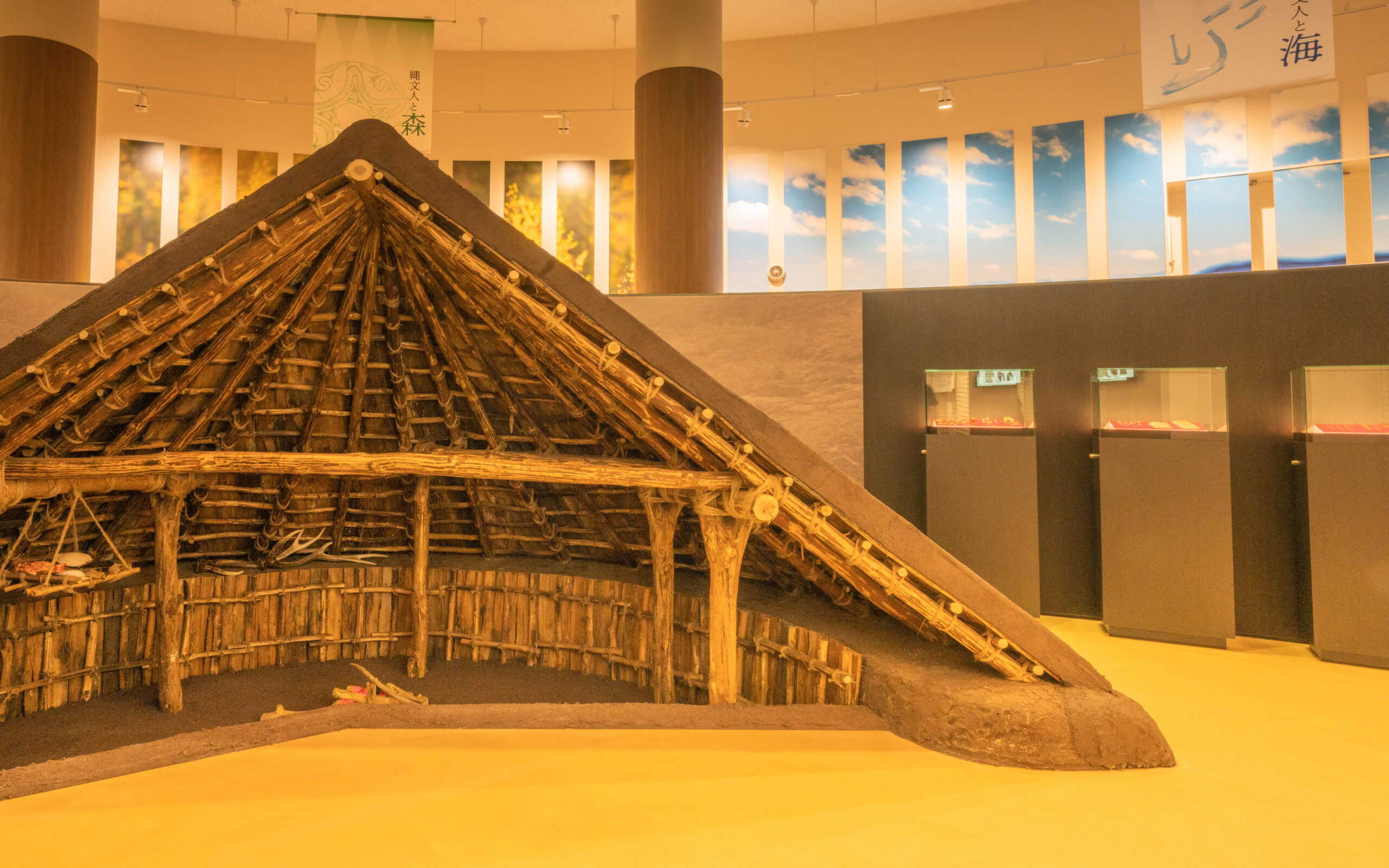
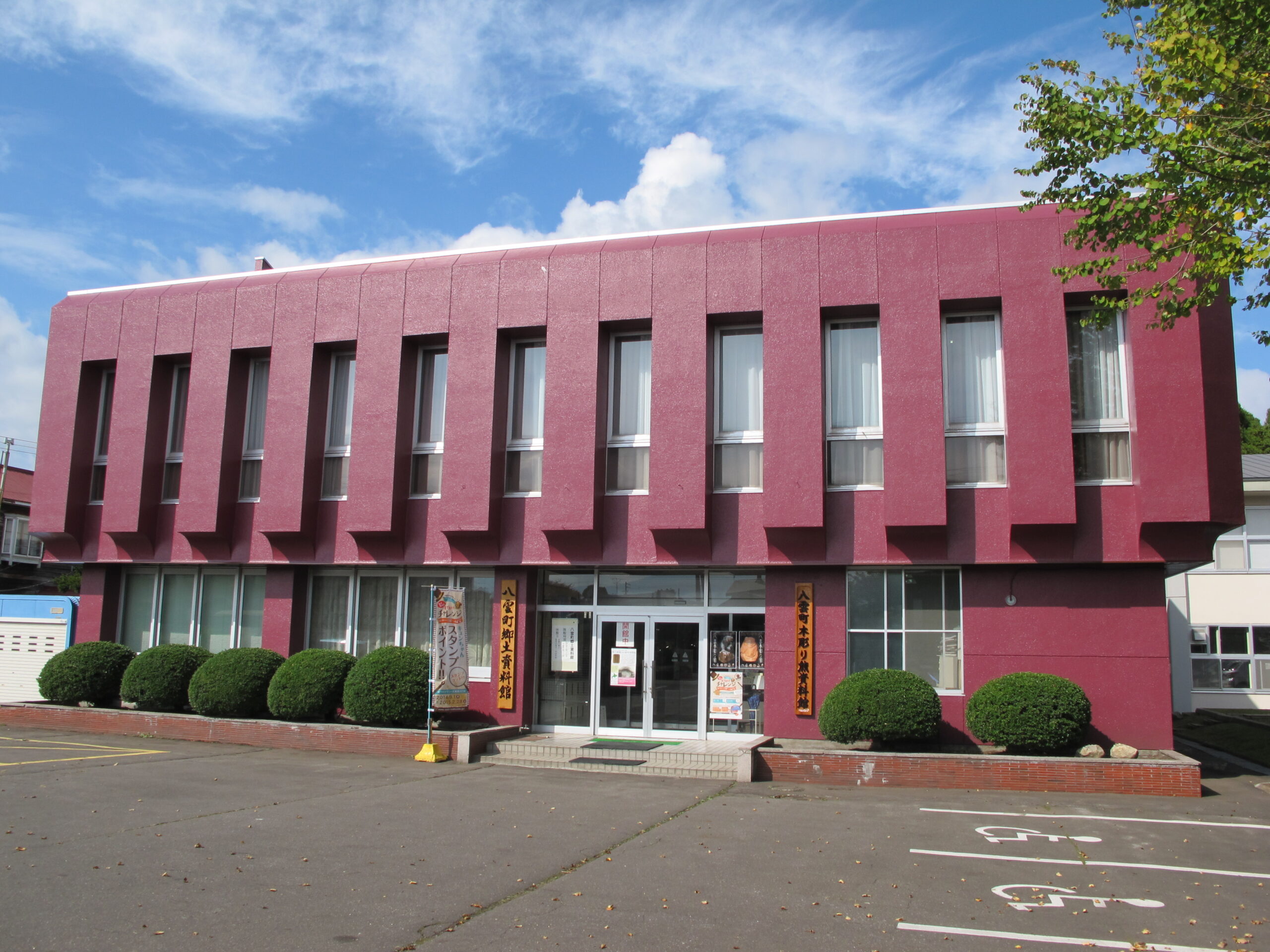
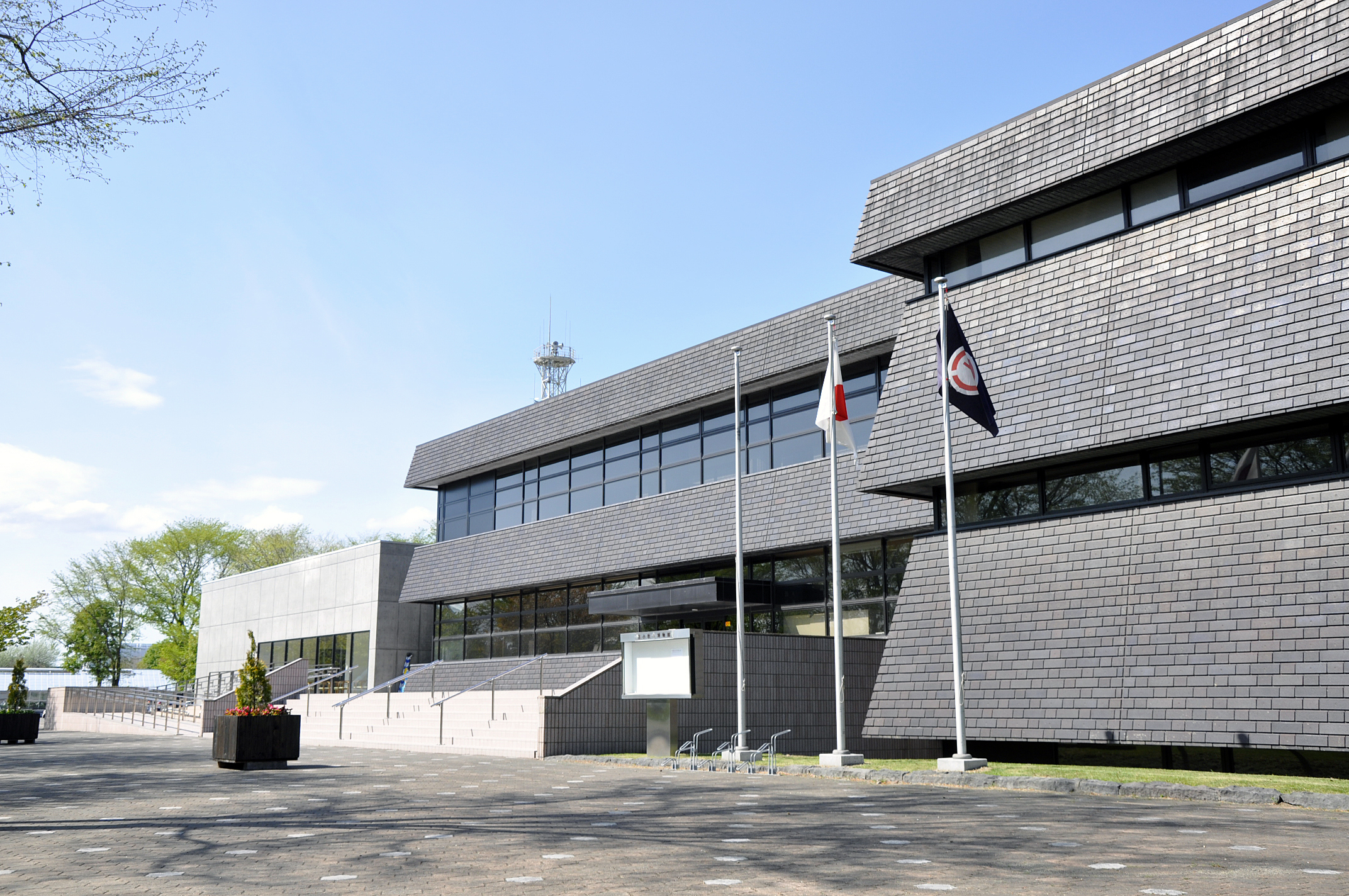
.jpg)
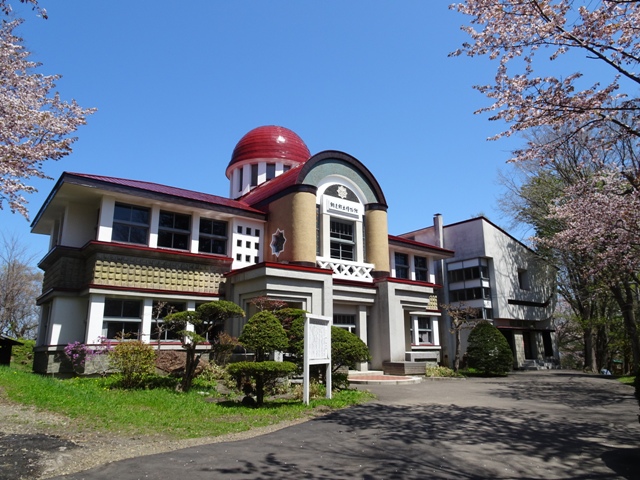
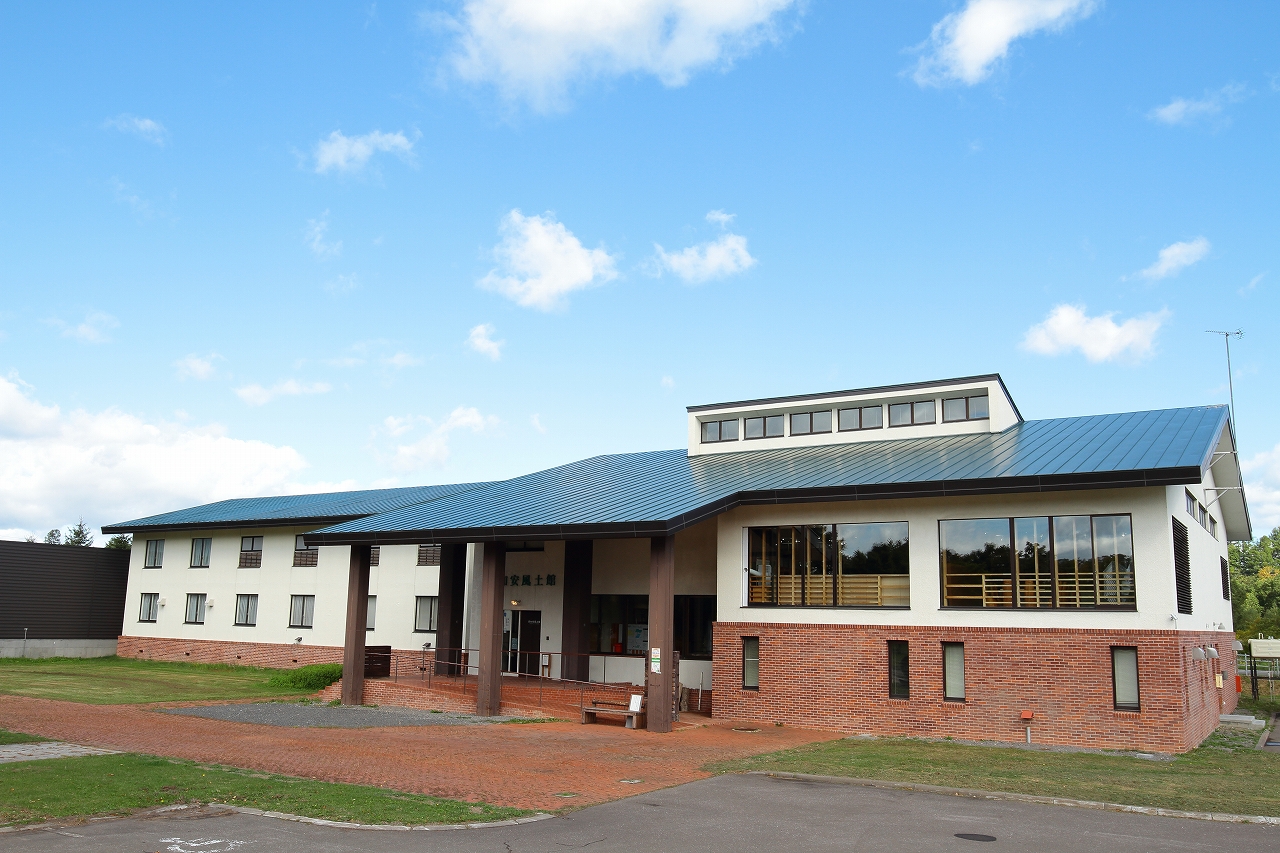
風景画館風景画館011A8664のコピー.jpg)
-scaled.jpg)
